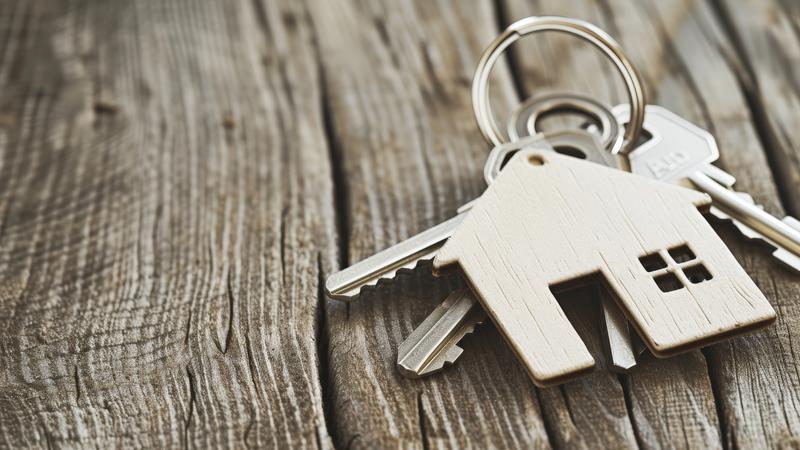Fall Prevention
Fall Prevention: Building Blocks to Prevent Slips, Trips and Falls
BE ACTIVE
Physical activity is one of the most important things you can do to prevent a fall. Strengthening your leg muscles will stabilize you and reduce your chance of falling.
EAT HEALTHY


